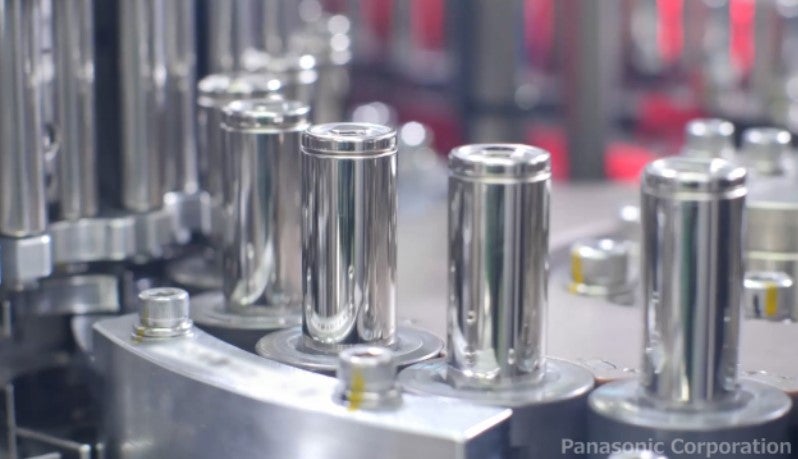
Panasonic would need to build four more battery factories to reach its target for a sharp boost in annual capacity for electric vehicles by 2031, its technology chief has told Reuters.
The comments by Shoichiro Watanabe of Panasonic Energy were the Tesla supplier’s first clear indication of the number of additional factories it would need, the news agency said.
They could also fuel expectations of more investment by Japanese companies in the United States, after a deal the two countries struck in March key to widening access for Japanese manufacturers to US EV tax credits.
In May, Panasonic Energy said it aimed to boost annual EV capacity to 200 gigawatt hours (GWh) by early 2031, or about four times its capacity in March this year, Reuters noted.
With a plant in Nevada, it was building a second in Kansas expected to take annual capacity to 80GWh once operational, it has said.
“We will need to build around another four factories,” Watanabe, the company’s chief technology officer, said in an interview with Reuters.

US Tariffs are shifting - will you react or anticipate?
Don’t let policy changes catch you off guard. Stay proactive with real-time data and expert analysis.
By GlobalDataBut he stopped short of mentioning specific locations, time frames or investment sizes.
He signalled an openness to potential joint ventures for EV battery production, with Mazda Motor among others, citing the changing nature of such projects in which investment is no longer shouldered by battery makers alone.
“The style where battery producers will make all investments is disappearing,” he told the news agency, adding 200 GWh capacity was the minimum necessary to be a major player.
Reuters noted Panasonic had said it was focusing on North America to build up capacity for production of 4680 batteries, the newest cells championed by Tesla’s chief executive, Elon Musk.
Previously it said it planned to build at least two new factories for 4680 production in North America by 2030. Oklahoma had been seen as a possible site.
The four new plants would need to be supported by about a dozen factories of materials suppliers, Watanabe told Reuters, in a battery supply chain built around the principle of “local production for local consumption”.
Joint procurement with major customers could also be considered, he said, taking into account tax breaks under the U.S. Inflation Reduction Act (IRA) and the need to limit the carbon footprint.
Given the size of investment required, makers of materials used in the batteries would also need to make decisions about their plans as early as possible, he said.
Panasonic would not rule out the possibility of a joint battery venture with Mazda as part of a supply partnership the companies are working out, Watanabe told Reuters.



